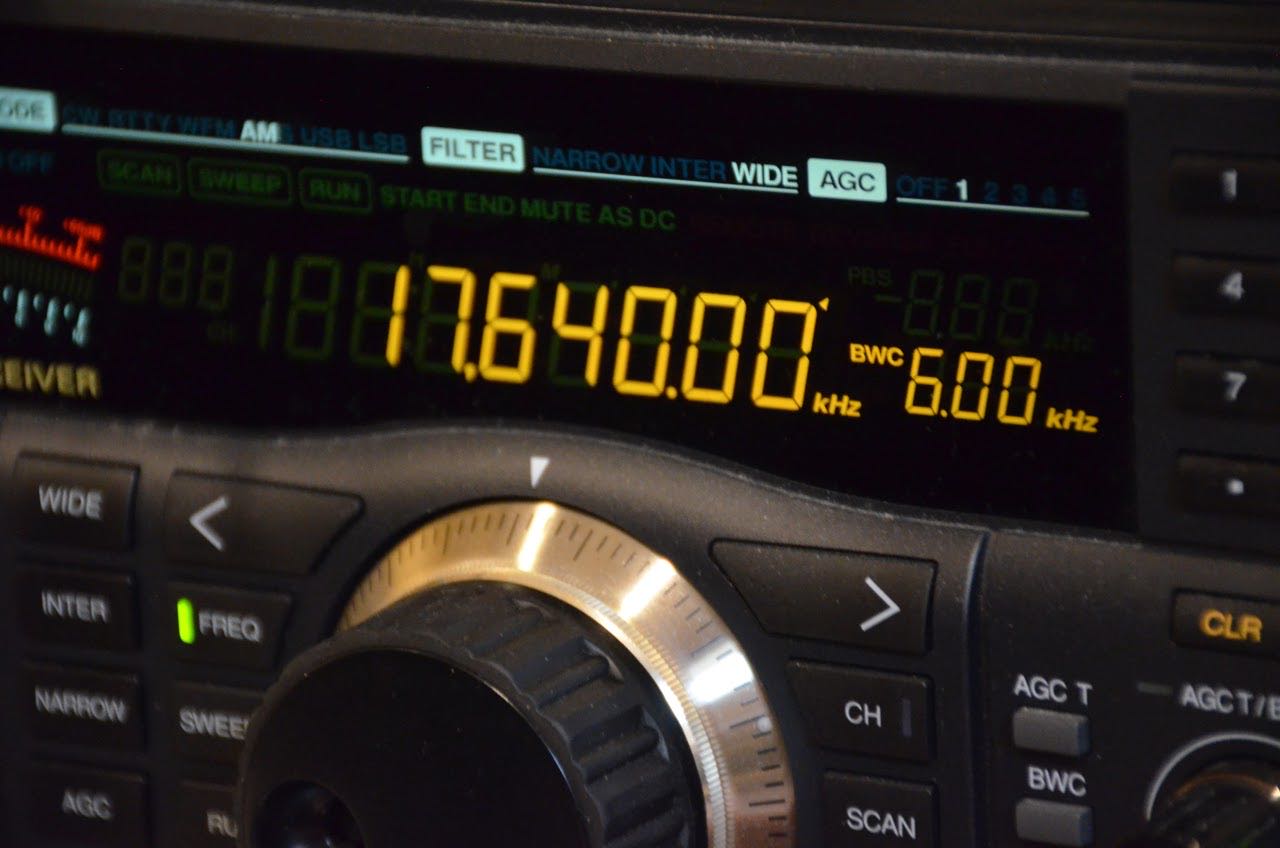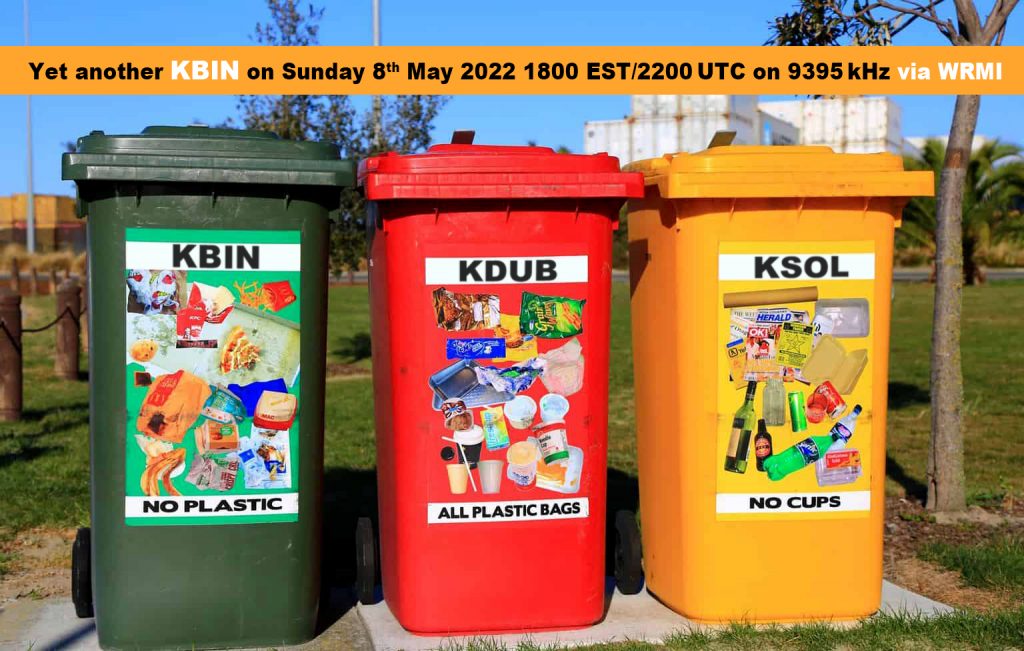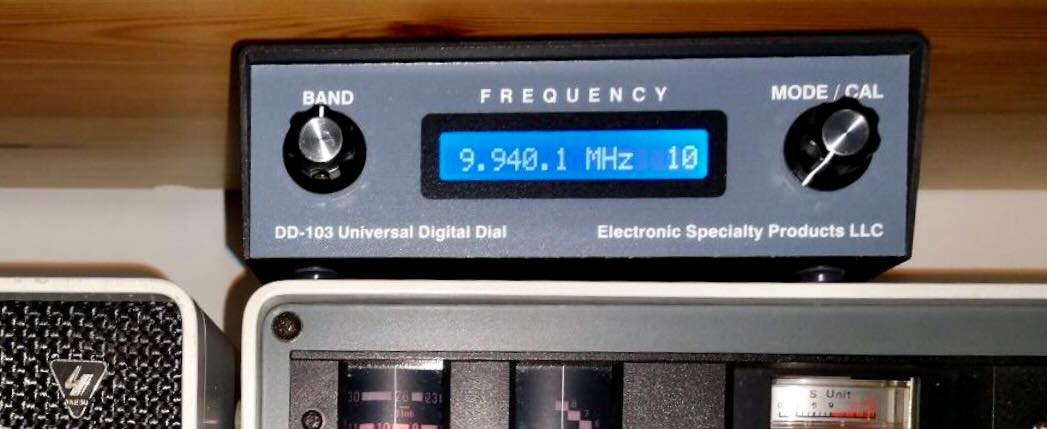Many thanks to SWLing Post contributor, Jock Elliott, who shares the following guest post:
Getting grounded – at last!
By Jock Elliott, KB2GOM
Readers’ comments are among the best things about writing for the SWLing.com blog. When a reader responds to a post and leaves a comment, it does three things. First, it lets the author know that someone actually read the post. Second, it provides valuable feedback – “I liked it.” “Did you know about this . . .?” “I had a similar experience.” – and so forth. Finally, it provides the author an opportunity to learn something, and that perhaps is the most fun.
A case in point: when I posted this, Andrew (grayhat) said:
“If you want to make an experiment, connect the end-fed to the Satellit high-Z wire input (clamp), then pick a (relatively short) run of insulated wire connect one end of the wire to the high-Z “ground” (clamp) and the other end of that wire to the “gnd” hole in the wall plug
The above being said, I prefer keeping antennas outside and taking care of the feedline, this helps reducing or eliminating noise from indoor appliances like switching PSUs and other things, anyway, if you want, try the above idea and let me know how it works for you”
To which, I responded:
“Thanks for the comments.
Thanks to a tree falling on the powerlines, I now know that the inherent electrical noise in my radio room is basically down to the level of atmospheric noise.
Neverthless, experimenting with a ground is definitely worth trying. A thin wire, sneaked out the window to a ground rod, might do the trick. I’ll report back after I try.”
Andrew (grayhat) came back to me and said:
“I was serious, try the “wall plug ground” I described, it won’t start any “magic smoke” or the like, otherwise, if you can lay out a wire with a length of 5m max, cut to be NON resonant, and connected to a good ground stake, go for it
Then, if you want to discuss this further, just ask Thomas for my e-mail, I agree to share it with you.”
Now, I really appreciated Andrew’s comments, but what I had not told him was that there is just one wall plug in my radio shack; it is really inaccessible, and I am not sure I can get a ground off it. Further, the rest of the power “system” in my shack is a rat’s nest of power bars and extensions, and I have zero confidence that any of them will provide a useful ground.
But – and this is a big but – I did take Andrew’s point: that connecting an actual ground to the ground clip on the back of the Satellit 800 might improve things. Continue reading









